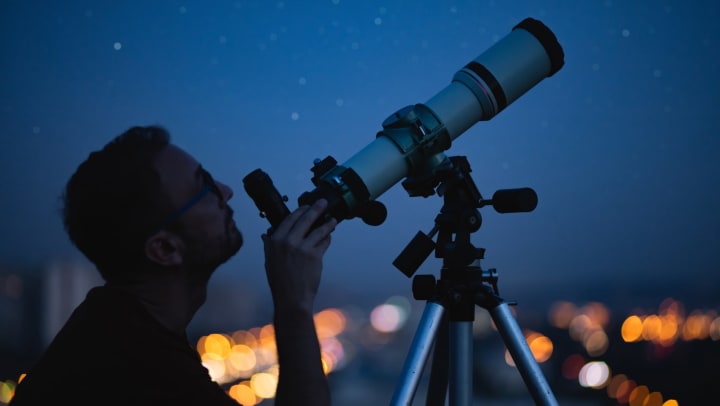Whether you’re enjoying a fall camping excursion or taking a short drive away from the city lights for a night of stargazing, here are a few constellations you can spot this fall.
Cassiopeia
Cassiopeia is a simple constellation to spot, and you’ll find it in the northern skies. It was named after the vain and beautiful queen from Greek mythology and looks like a bright “W.” Cassiopeia is the 25th-largest constellation, and three of its stars have known planets.
Pegasus
Underneath Cassiopeia, you’ll find a large square that marks the center of the constellation Pegasus. The grouping of stars is named after the mythical beast from Greek mythology and is the seventh-largest constellation in the sky.
Aquarius
South of Pegasus’ head, you can spot the first of the viewable zodiac constellations this season. Aquarius is made of well-known supergiant stars Sadalsuud and Sadalmelik, making it easily visible to the naked eye. The top of the constellation is a vase, pouring water into the next constellation, Pisces.
Pisces
Located next to Aquarius, the Pisces zodiac constellation makes a “V” shape around the Great Square of Pegasus. Pisces is made of nine named stars and a spiral galaxy containing 10 stars with known planets. The constellation is Babylonian in origin and was imagined as two fish held together by a cord.
Triangulum & Aries
West of Pisces is the Aries constellation. It is the 39th-largest constellation, meaning it might be hard to spot the single line that makes up the ram zodiac in the sky. An easy way to find it is to first find Triangulum, located to the northwest of the northern Pisces fish. Triangulum is made of two white stars, Beta and Gamma Trianguli, and a yellowish-white star, Alpha Trianguli, at the apex. It forms a triangle shape that also looks a lot like the delta letter in the Greek alphabet. The next brightest star below Alpha Trianguli is Hamal, the Alpha Arietis of the Aries constellation.
Looking for more cool things to spot around Charlotte? Check out The Slate blog.


